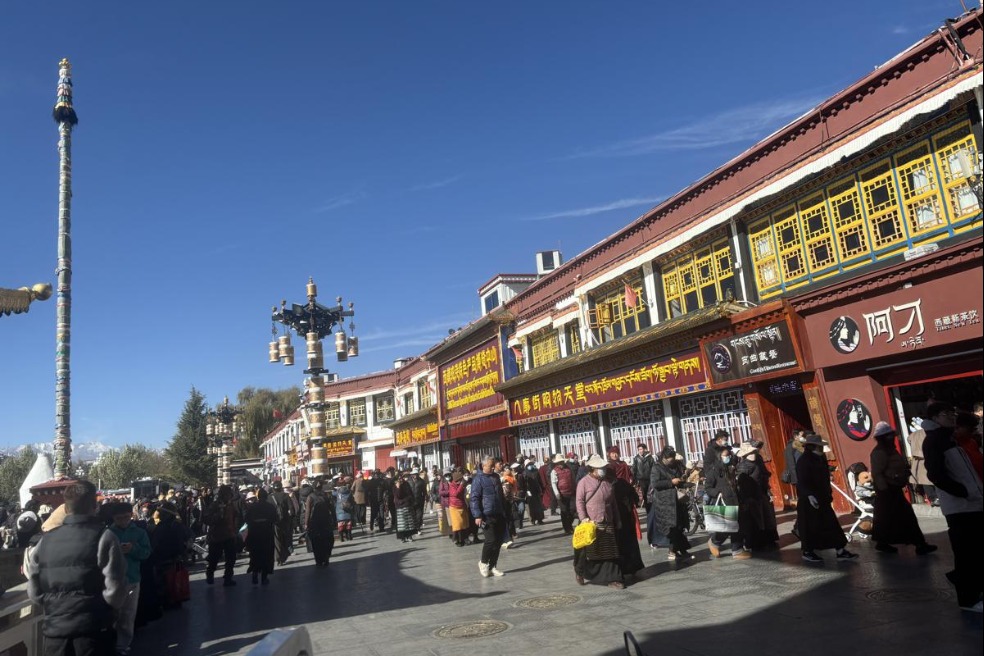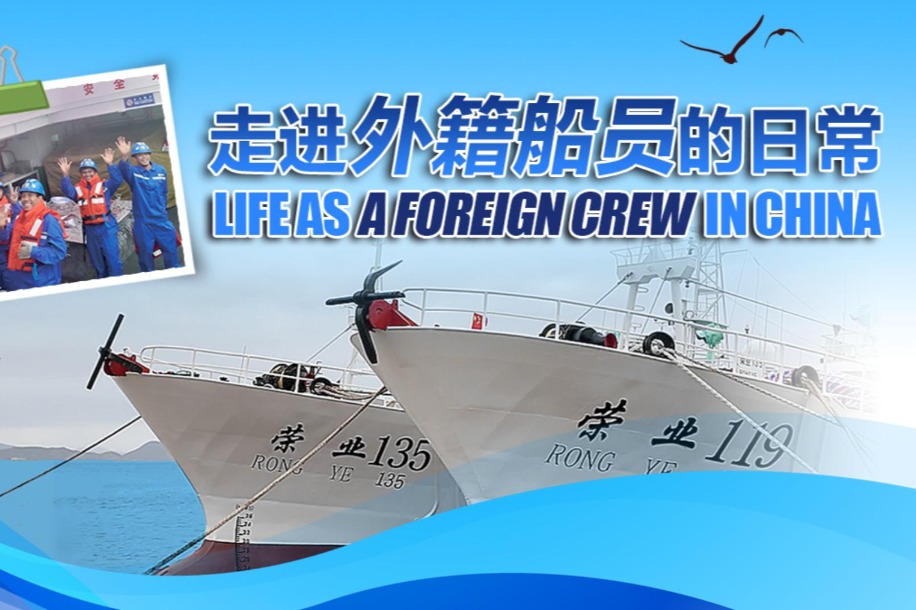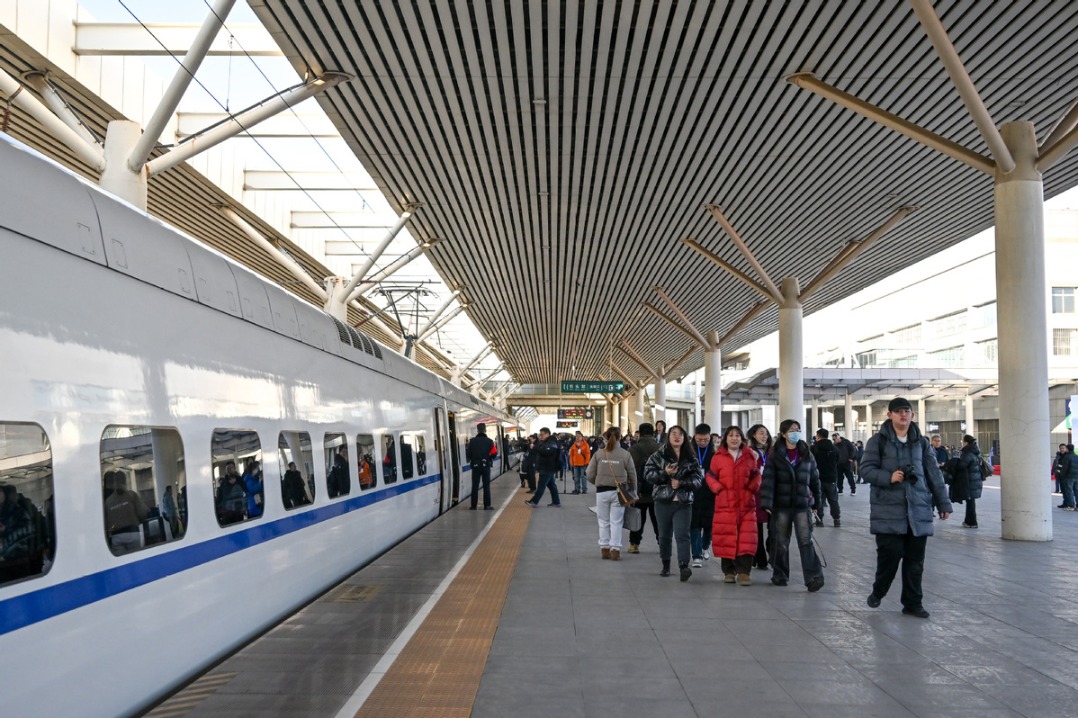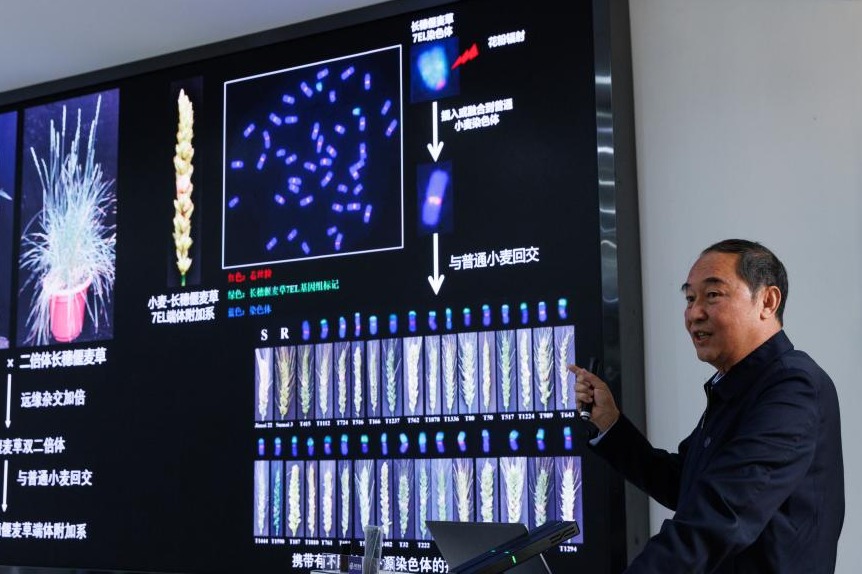Riding on RCEP, tropical fruit gains popularity in Chinese market

NANNING — In the early hours of the morning, the vibrant Haijixing Market, hailed as the largest wholesale fruit market in the Guangxi Zhuang autonomous region, thrives with an animated atmosphere as people flock to shop for their favorite seasonal produce.
Cold-chain container trucks loaded with fresh durians make regular stops at bustling stalls, with eager buyers arriving early to secure the finest fruits available.
Thai durians, typically imported in large quantities, flood the Chinese market from April onward, ushering in a peak season that runs from May to August.
In Nanning, capital of Guangxi, a subsidiary of Charoen Pokphand Group organized a series of exhibitions that captivated visitors with a range of popular events. One of the highlights was the unveiling and on-site sale of fresh Thai golden pillow durians known for their exquisite sweetness and soft texture, which attracted numerous buyers.
"During the event, we sold an average of over 100 durians daily. The company plans to host a Durian Festival and other activities to further promote sales," said Liang Shuting, who works with the company.
She said the company has meticulously optimized its durian supply chain management and stringent product standards have been implemented to ensure the taste of the aromatic fruit.
Since 2019, durians have become the most imported fruit in the country by volume. In 2022, China imported 825,000 tons of durians, of which 780,000 tons came from Thailand, according to Customs data.
Guan Caixia, who has been running a Thai durian business for two decades, has witnessed the durian trade growth in China.
Few people bought or sold durians in the market in 2003, she recalled, adding that in recent years, the number of durian merchants as well as durian sales have soared.
Data from Haijixing Market show that there are currently 32 durian wholesalers in the market. Last year, 24,000 tons of durians were sold via the wholesale channel. As of May 5 this year, 17,000 tons of durians have been sold, which marked a fourfold increase over the same period last year.
"Durians from eastern Thailand have emerged as the top-selling fruit and they boast exceptional flavor. Our daily procurement of durians typically amounts to approximately five to six containers, with peak demand driving us to acquire as many as 10 containers during those busy periods," said Mo Jiaming, general manager of Youxianyuan Agricultural Tech in Guangxi.
Mo's company is a major Chinese importer of Southeast Asian fruit and has formed the ASEAN fruit supply chain of durians, coconuts and longans over the years. His company supplies durians to Walmart and Pagoda in Nanning and Hema Fresh, Alibaba's fresh-food chain, in South China.
The company's durian imports have increased nearly tenfold in the past five years. "We plan to import about 15,000-20,000 tons of fresh durians this year, and even 25,000 tons if the product quality is stable," Mo said.
He Yan, deputy general manager of Sam's Club in Nanning, said durians are very popular here and fresh durians are often sold out in half a day.
Since the Regional Comprehensive Economic Partnership came into effect, regional economic and trade cooperation has significantly intensified. An increasing number of agricultural products from the Association of Southeast Asian Nations have gained entry into the Chinese market.
In July 2022, fresh Vietnamese durians were officially allowed to enter the Chinese market. In January 2023, the General Administration of Customs began to allow the import of fresh durians from the Philippines. Currently, Thailand, Malaysia, Vietnam and the Philippines are the main suppliers of the fruit to China.
In recent years, a cross-border logistics system has been developed and intra-regional trade facilitation has been enhanced by the construction of the New International Land-Sea Trade Corridor in western China, the opening of the China-Laos Railway and the implementation of the RCEP.
In the city of Chongzuo, situated on the China-Vietnam border in Guangxi, a steady flow of cross-border vans laden with ASEAN fruit arrives in the Chinese market on a daily basis. Meanwhile, at bustling Qinzhou Port, a pivotal hub along the New International Land-Sea Trade Corridor, foreign trade vessels carrying an assortment of fruits, including durians and mangosteens, arrive frequently, delivering cargo from ASEAN countries to inland regions via efficient rail-sea intermodal transport.
Guan said: "As the pandemic has gradually eased and Customs clearance has been continuously improved, the pace of durian delivery to the Chinese market has accelerated.
"During the pandemic, it took up to two weeks to transport durians from Thailand to the Chinese market by land. Now, they can be delivered in five to six days."
Xinhua
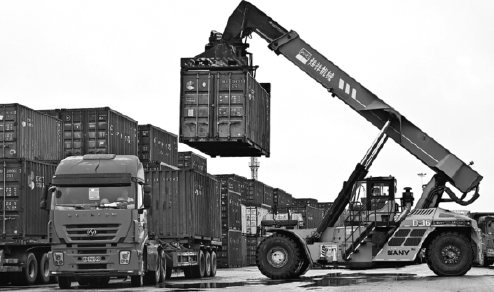
Today's Top News
- Effective use of investment emphasized
- China's shuttle diplomacy strives to reach ceasefire
- Nanjing Museum's handling of donated art, relics being probed
- Key role of central SOEs emphasized
- New travel program hailed as 'milestone'
- Animated films top draw at box office


















